What is Electric Power Conversion?
Electric power conversion is a key process in electrical engineering that involves the transfer of electrical energy from one form to another. This process is crucial for the efficient operation of modern electronic systems, since it ensures that electrical power is given in a form suited for several kinds of applications.
Electric power conversion is the process of changing electrical power properties like voltage, current, frequency, or phase to match the needs of certain devices or systems. It covers a variety of conversions, including:
AC to DC Conversion (Rectification): Through this process, alternating current (AC), which alternates direction periodically, is changed to direct current (DC), which travels in a single direction. Rectification is required for devices that use DC power, such as batteries, electronic circuits, and many portable gadgets.
DC to AC Conversion (Inversion): Inverters convert direct current (DC) to alternating current (AC). This is essential for uninterruptible power supply (UPS), renewable energy systems such as solar photovoltaics, and applications requiring AC power from a DC source.

Figure 1: Types of power converters
DC to DC Conversion: This includes adjusting the DC voltage level. DC/DC converters, like boost (step-up) and buck (step-down) converters, modify the voltage to suit the unique requirements of various electronic systems and components. They're often utilized in battery-powered gadgets, electric cars, and portable electronics.
AC to AC Conversion: This conversion affects the voltage, frequency, or phase of alternating current power without first converting it to direct current. Transformers adjust the voltage level, whereas cycloconverters change the frequency for applications such as motor speed control.
Table 1: Power Conversion
| Conversion Type | Description | Typical Applications | Key Components |
| AC to DC Conversion (Rectification) | Converts alternating current (AC) to direct current (DC). | Power supplies, battery charging, electronics. | Diodes, rectifiers, filters. |
| DC to AC Conversion (Inversion) | Converts direct current (DC) to alternating current (AC). | Solar power systems, uninterruptible power supplies (UPS). | Inverters, transistors, transformers. |
| DC to DC Conversion | Converts one DC voltage level to another DC voltage level. | Power management in portable devices, automotive electronics. | Converters, inductors, capacitors. |
| AC to AC Conversion | Converts one AC voltage level or frequency to another AC voltage level or frequency. | Transformers, voltage regulation, frequency conversion. | Transformers, phase converters, cycloconverters. |
It is impossible to overestimate the significance of electric power conversion. Modern systems require efficient power conversion to function properly and safely. For example, smartphones and laptops demand DC power at specified voltage levels, but domestic appliances and industrial machines frequently require different forms of AC power.
Key Components and Systems in Power Conversion
Electric power conversion involves several key components, each of which plays an important part in the overall process.
Transformers: Transformers are generally used in AC/AC conversion to modify voltage levels based on system requirements, guaranteeing safe and efficient power supply.
Rectifiers: Rectifiers employ diodes to enable electricity to travel in just one direction, converting AC to DC.
Inverters: These devices are essential for DC/AC conversion, which allows DC-powered equipment (such as batteries) to provide AC power.
DC/DC Converters: These are crucial for altering the DC voltage level to accommodate various electronic system devices' requirements.
Applications of Electric Power Conversion
Electric power conversion is vital in a wide range of applications.
Consumer Electronics: Smartphones, laptops, and tablets rely on efficient power conversion to function properly. Chargers for these gadgets often use AC/DC conversion to charge their batteries.
Renewable Energy Systems: DC electricity from solar panels needs to be converted to AC in order for household appliances and the power grid to function properly with it. To make sure the power produced meets grid requirements, wind turbines use AC/AC conversion, which is a two-stage indirect conversion process that combines AC/DC and DC/AC.
Industrial Applications: Multiple forms of power conversion are used in factories and other industrial settings to effectively manage energy distribution, operate heavy machinery, and control motors.
Importance of Electric Power Conversion
Electric power conversion is essential in the modern world, ensuring the performance and efficiency of numerous devices and systems. Electric power conversion is crucial in a wide range of fields, including advanced renewable energy systems, large-scale industrial applications, and everyday consumer electronics.
Compatibility with Electrical Devices: Different electronic gadgets and systems require specific types of electrical power to perform properly. Electric power conversion guarantees that the power delivered is appropriate for the device's requirements. Household appliances, for example, are normally powered by alternating current (AC), but many electronic gadgets, such as laptops and smartphones, are powered by direct current (DC). Power converters enable these devices to operate seamlessly by supplying the proper type of power, assuring compatibility and functioning.
Integration of Renewable Energy Sources: Renewable energy sources such as solar and wind power are growing in popularity. These sources frequently create electrical power in forms that are incompatible with the existing power grid or consumer devices. Solar panels, for example, generate DC electricity that must be converted to AC power for usage in homes and businesses. Inverters and other electric power conversion technology make it easier to integrate renewable energy sources into the power grid, encouraging clean energy and lowering dependency on fossil fuels.
Energy Efficiency and Conservation: The improvement of energy efficiency is one of the main advantages of electric power conversion. The goal of power conversion technology is to reduce energy losses while transforming. For example, advanced DC/DC converters and switching power supplies are tailored to achieve high efficiency, lowering the total energy consumption of electronic devices. Enhancing power conversion efficiency reduces the amount of energy lost as heat, which results in considerable energy savings on a wider scale.
Improved Performance and Reliability: Power conversion quality has a substantial impact on electronic device reliability and performance. Stable and efficient power conversion ensures that equipment runs smoothly, lowering the chance of failure and increasing its lifespan. For instance, sensitive electronic components like microprocessors and sensors can function better when power converters have accurate voltage management and noise reduction.
Flexibility and Scalability in Power Systems: The adaptability required to adjust to changing power needs and conditions is provided by electric power conversion. Power conversion is used by variable frequency drives (VFDs) in industrial settings to regulate motor speed, maximizing energy efficiency and enhancing process control. Power conversion technologies also make power systems scalable, meaning that new systems and components can be added without requiring significant changes to the present infrastructure.
Enhanced Safety and Protection: Power conversion systems frequently include safety features to safeguard both the equipment and individuals. Converters and inverters, for example, may feature overvoltage, overcurrent, and short-circuit protection circuits. These characteristics assist protect electronic equipment and limit the danger of electrical risks, resulting in a safer operating environment.
Economic Benefits: Efficient power conversion can result in significant cost reductions. Operating expenses are reduced by lowering energy losses and increasing overall electrical system efficiency. This is especially significant in large-scale industrial processes, where energy consumption is substantial. Furthermore, the capacity to incorporate renewable energy sources via power conversion can lower long-term energy expenditures, making renewable energy investments more economically viable.
Significance of Power Conversion in Modern Electronic Systems
Electric power conversion is a critical component of modern electronic systems, enabling the operation and efficiency of a wide range of devices and infrastructures. Its importance extends across several industries, including industrial automation, consumer electronics, renewable energy, telecommunications, and transportation. Understanding the significance of power conversion aids in recognizing its influence on technical advancement and everyday life.
Supporting Industrial Automation and Motor Control: Power conversion is crucial in industrial settings for automation and machinery control. To regulate the speed and torque of electric motors, variable frequency drives (VFDs) transform AC electricity into different frequencies. For operations like robots, CNC machines, and conveyor systems that need accurate motor control, this capability is crucial. Productivity is increased, energy consumption is decreased, and mechanical component wear and tear is reduced with efficient power conversion.
Enhancing Telecommunications Infrastructure: Reliable power conversion is essential to the ongoing operation and efficient operation of telecommunications systems. Uninterrupted power supply (UPS), which converts and controls electricity to guard against outages and fluctuations, are essential for data centers, which serve as the foundation for the internet and cloud services. Furthermore, power conversion is used by telecom devices including base stations, switches, and routers to guarantee reliable performance and energy efficiency.
Advancing Electric and Hybrid Vehicles: The need for greener transportation choices has caused a major change in the automobile industry toward electric and hybrid cars. To control the energy flow between the battery, motor, and other electrical parts, these cars need power conversion systems. While DC/DC converters control the voltage for different subsystems, inverters transform DC power from the battery into AC power for the motor. The efficiency, performance, and range of electric cars are all improved by efficient power conversion.
Enabling Smart Grids and Distributed Energy Systems: The development of smart grids and distributed energy systems is dependent on advanced power conversion technology. Smart networks integrate several power sources, including both traditional and renewable energy, to improve transmission and consumption. Power conversion systems allow for the bidirectional flow of power, enabling energy storage and management options such as battery storage and demand response mechanisms. This ability is crucial for building robust and efficient power networks.
Reducing Environmental Impact: Effective power conversion lowers energy losses and boosts the general effectiveness of electronic systems, both of which support environmental sustainability. Lower greenhouse gas emissions from electricity generation result from this decrease in energy usage. Additionally, incorporating renewable energy sources with cutting-edge power conversion technology lessens the negative environmental effects of energy consumption, aiding in the fight against climate change on a worldwide scale.




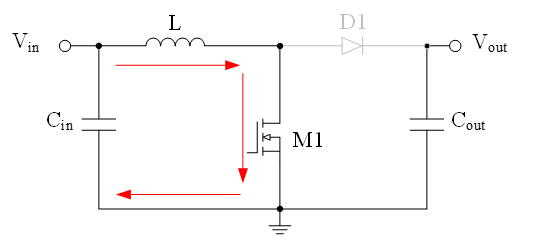

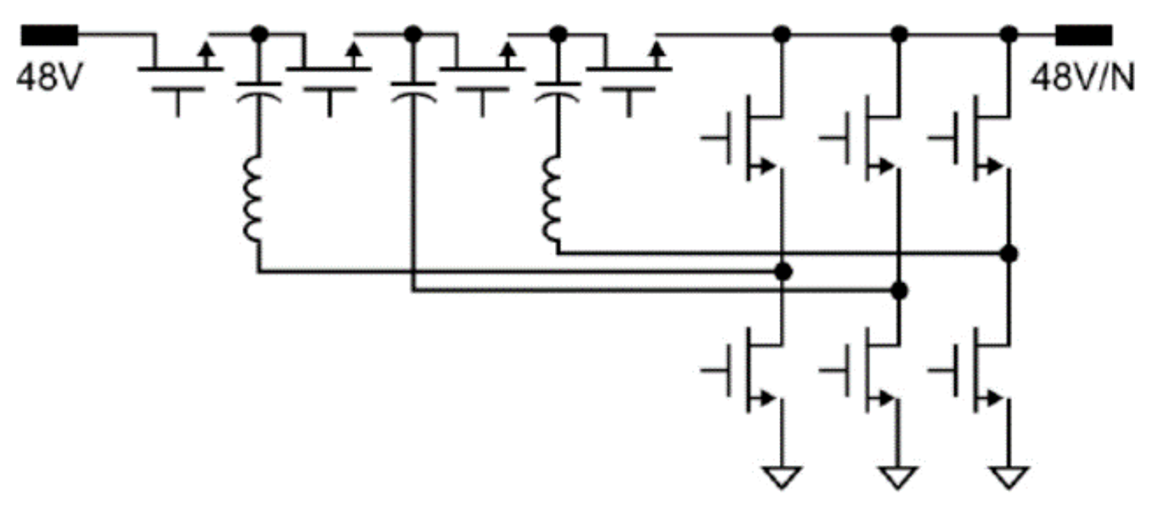


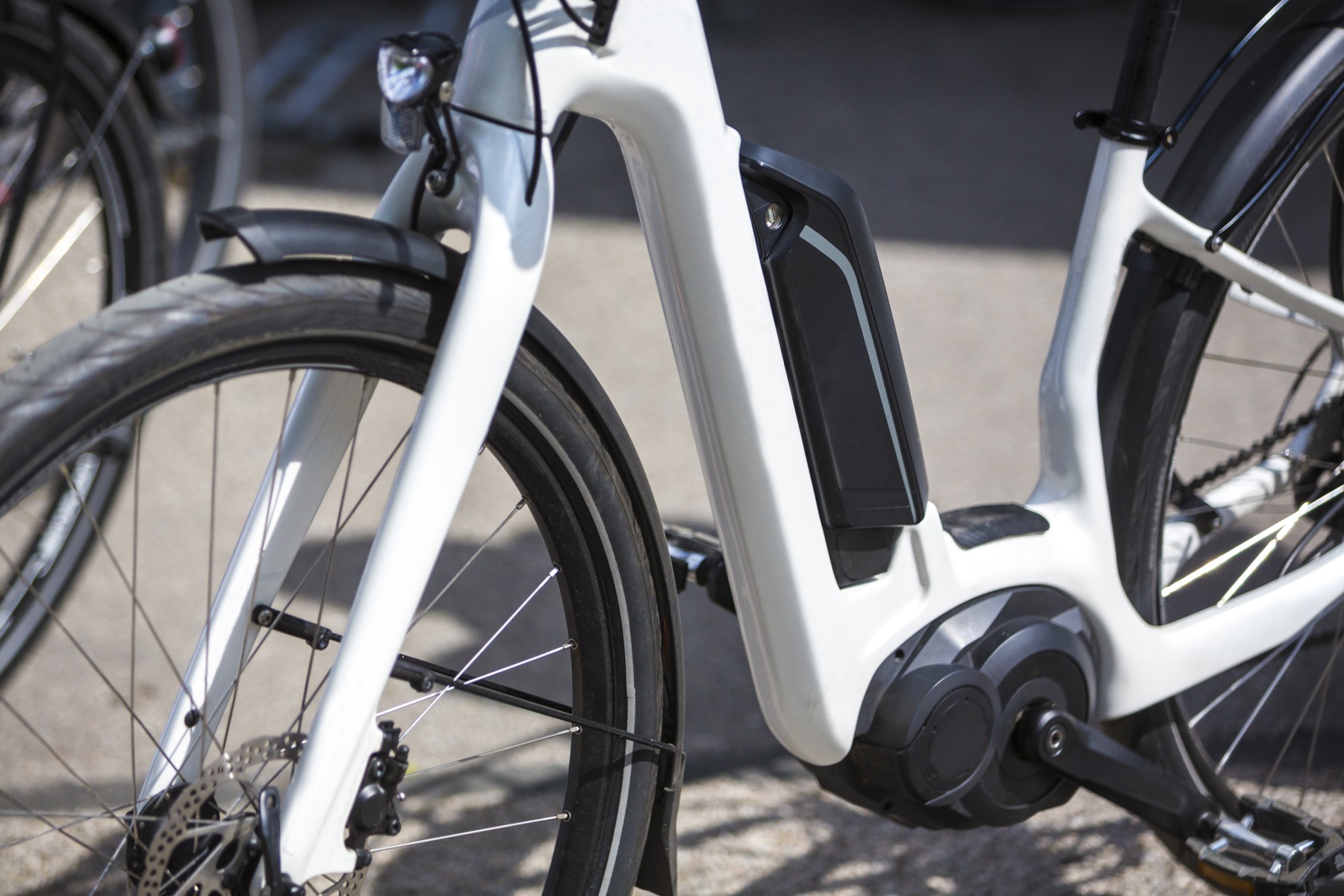

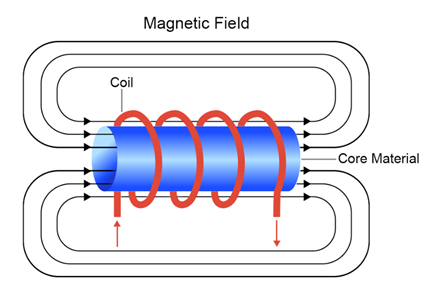
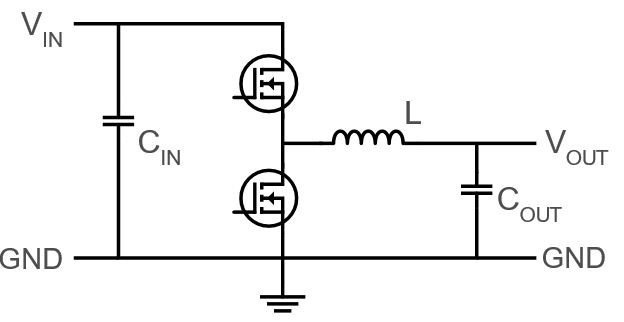
直接登录
创建新帐号